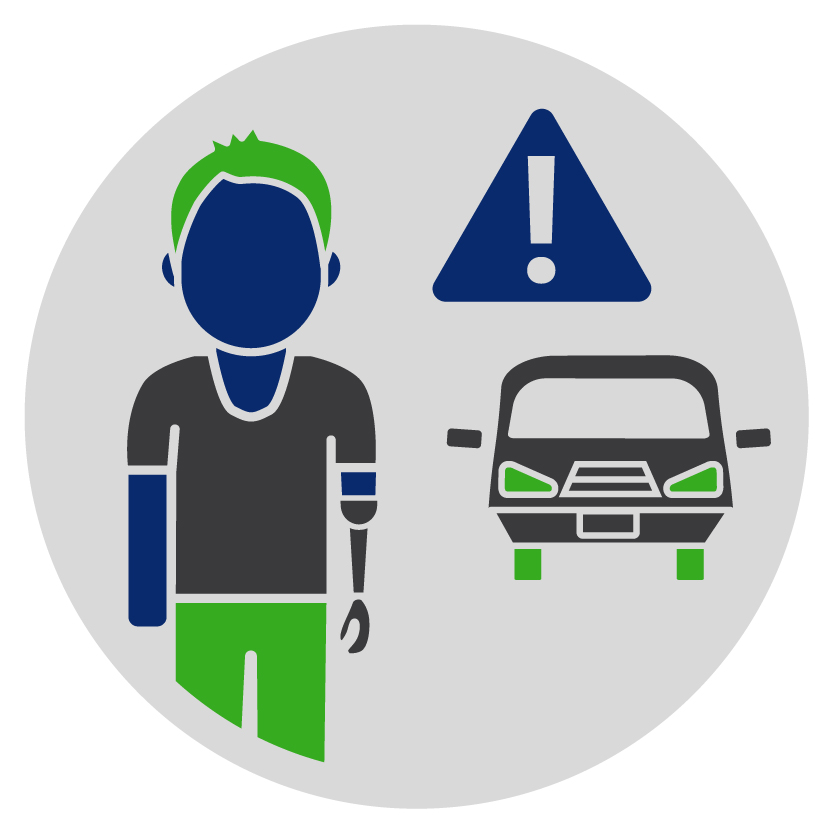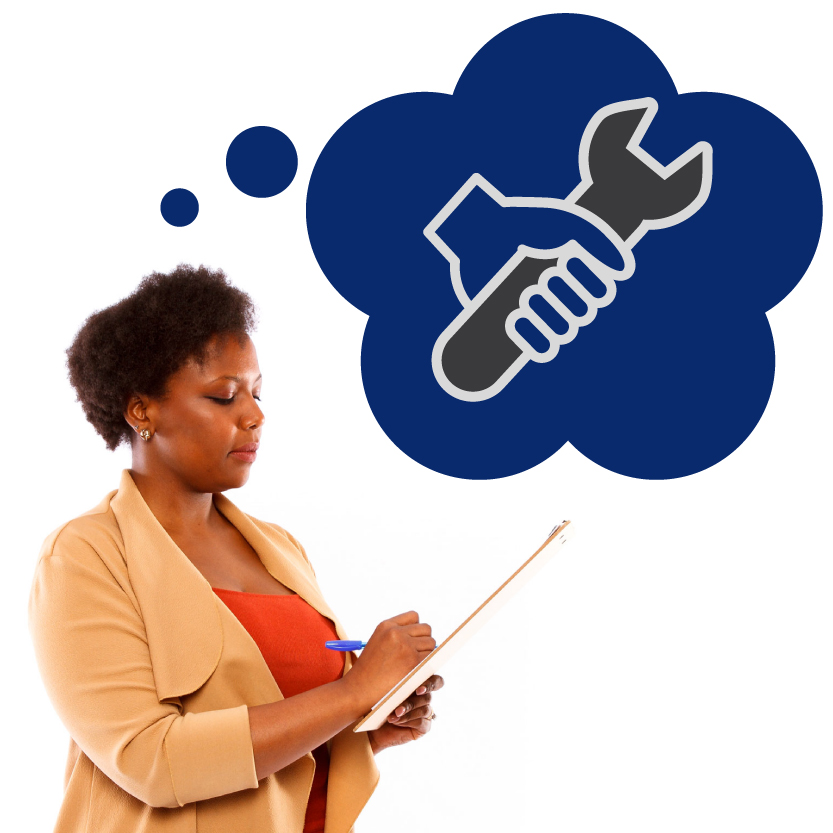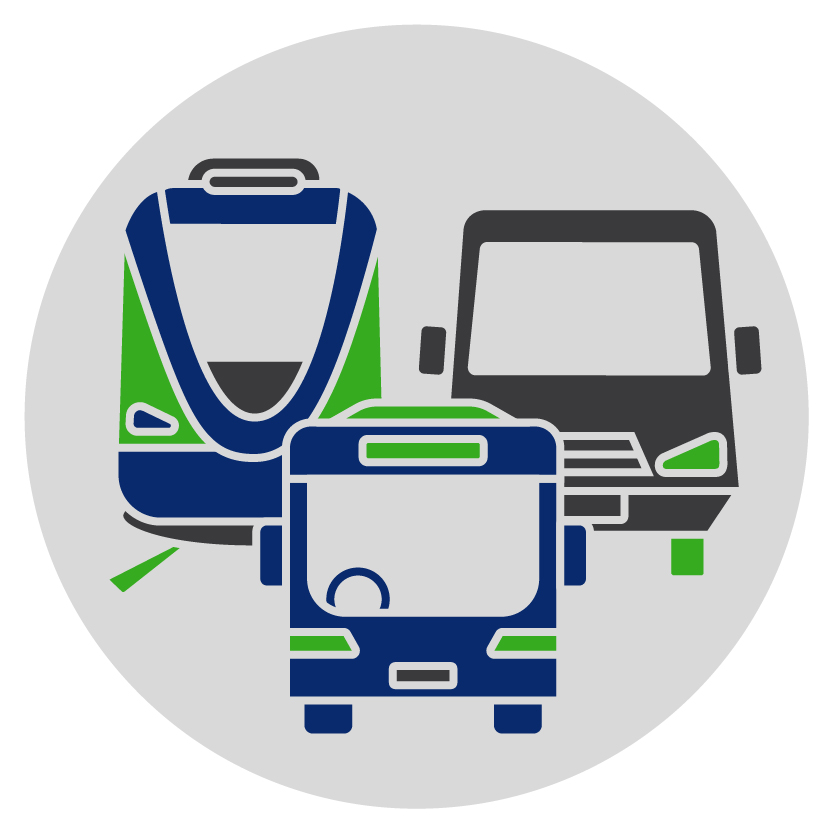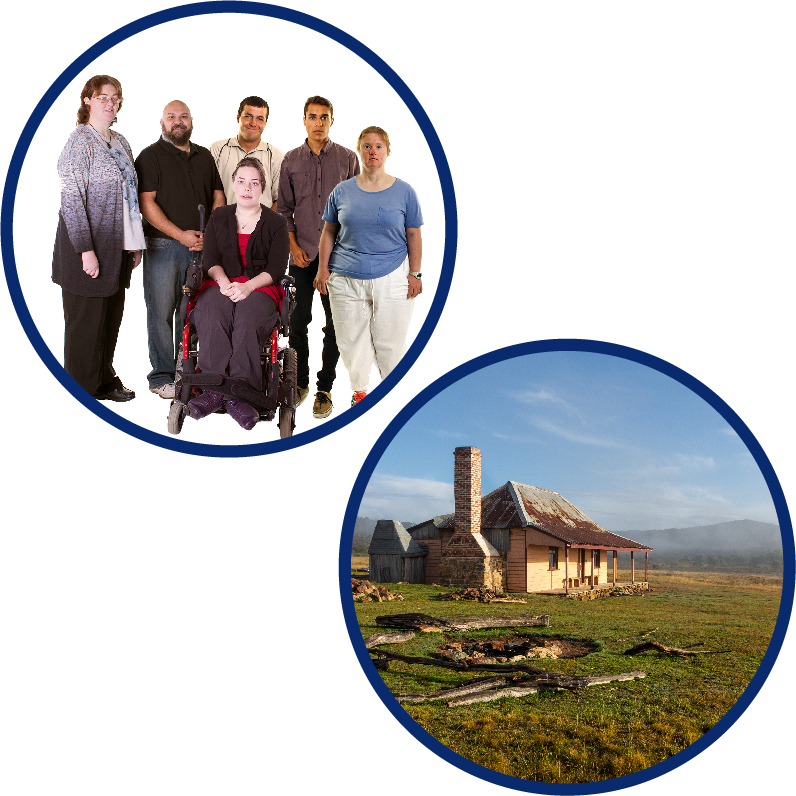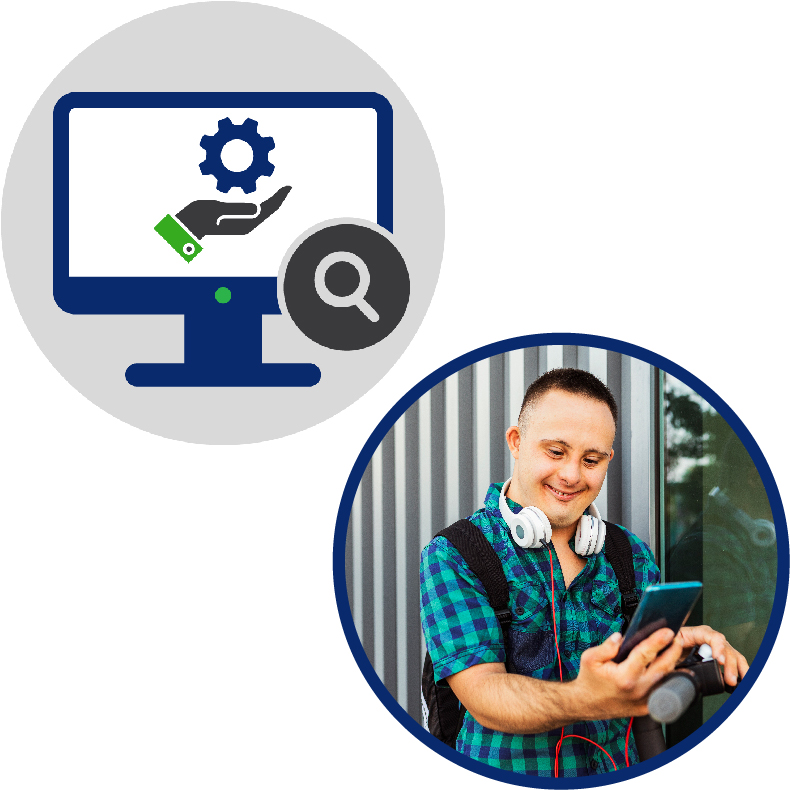Gary
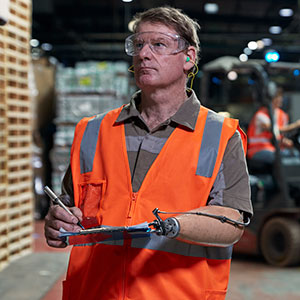 Gary’s life changed forever at the age of 24 when a car accident left him without his left arm below the elbow.
Gary’s life changed forever at the age of 24 when a car accident left him without his left arm below the elbow.
Now 56, he adapted to pursue an apprenticeship and career as a welder; something he couldn’t have done without the support of close friends and disability services.
“I realised early on that if I was feeling down or needed help, I had to reach out; no one else was going to do it for me,” says Gary.
“My friends and these disability support services kept me motivated and accountable, helped me find work, manage finances, and made sure that my workplace was supporting me to do my job.
“For example, they would come with me to work and identify any aids or equipment I needed. Then, they would work with qualified engineers to make this equipment, like a custom handle to help me operate a grinder.”
Although still working and living largely independently, Gary acknowledges that as he gets older and his needs change, he may need further information and support.
He says the Disability Gateway is a friendly, accessible resource that he will use more to find this information and support in the future.
“The Disability Gateway draws you in; it features real people living with disability and has information about all areas of life. “Searching for information and support in the past, I’ve found lots of different information jumbled into one, but with the Disability Gateway I can select an area of life and explore it in detail.
“I’ll be researching transport a lot more – as I get older long drives are becoming more tiring, and I might want to find other ways to get around and not drive as much.”
Gary feels the Disability Gateway will be very helpful for people living with disability outside metropolitan centres, where support may not be as readily available.
“I recommend the Disability Gateway to anyone, especially to people living with disability outside a large city. With the Disability Gateway, people that live more remotely can find services and reach out to others.
“I didn’t have this when I was younger growing up in Alexandra – it would have been great to research transport options.”
You can also look at...
Gary
Gary’s story
An Easy Read case study
|
|
Gary was in a car accident when he was 24. He lost his left arm below the elbow. |
|
|
Now he’s 56. He works as a welder – someone who makes or fixes metal products. |
|
|
Gary says he had help finding work from:
|
|
|
People from disability support services came to his work. They found out what support Gary needed to do his job, like aids and equipment. Then they made the tools he needed to work, like a special handle to help him use a grinder. |
|
|
Gary still does a lot of things for himself. But he knows he might need more support as he gets older. |
|
|
He says he will use the Disability Gateway in the future to find:
|
|
|
It was hard for Gary to find information and support before. |
|
|
When he searches on the Disability Gateway he can look at one part of life at a time. He plans to use it to find transport. |
|
|
He thinks the Disability Gateway will be very helpful for people living:
|
|
|
It will help these people:
|
|
|
Gary said, “I didn’t have this when I was younger. It would have been great to research transport options.” |
